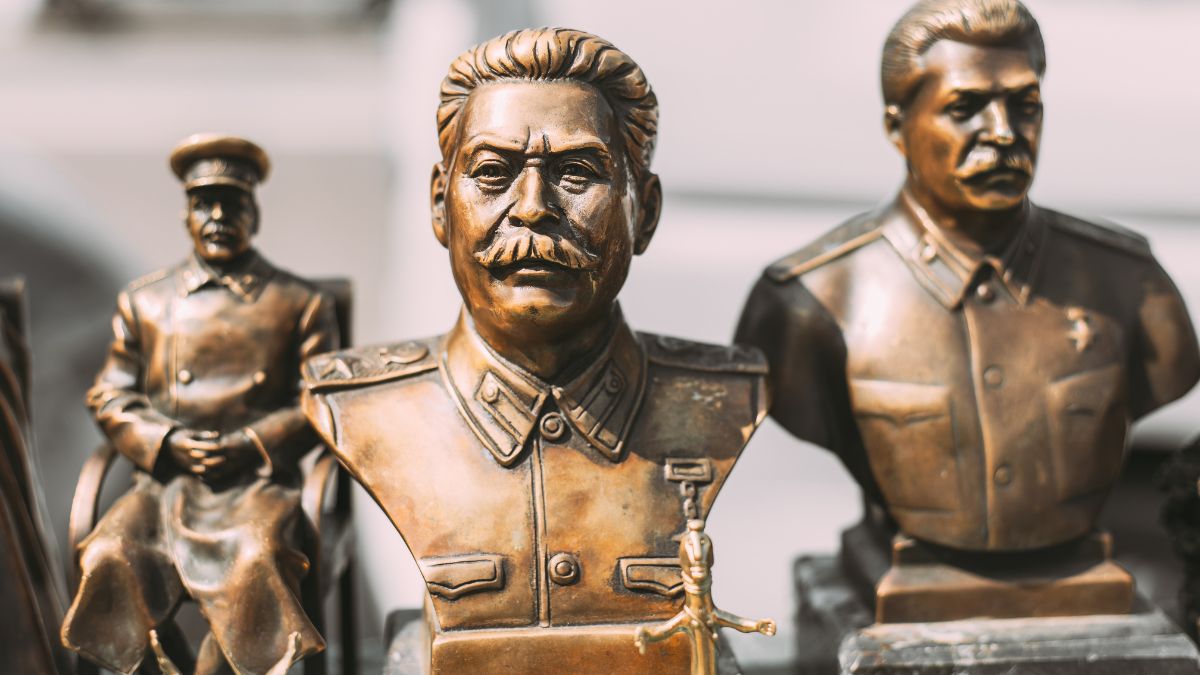Kalidasa (Classical Sanskrit Literature)
Kalidasa (Classical Sanskrit Literature)
The Breakup of the Soviet Union

The Breakup of the Soviet Union
In the annals of history, few moments have been as startling and transformative as the dissolution of the Soviet Union. This monumental event, culminating in December 1991, not only redraw the geopolitical map of the world but also marked the end of a Cold War era that had held the globe in a tense balance of power for nearly half a century. The breakup of this vast empire, stretching from the freezing Arctic in the north to the warm waters of the Black Sea in the south, from the far reaches of the east in Siberia to the western frontiers in Europe, was a spectacle of historical proportions that sent shockwaves through international corridors of power and into the homes of ordinary citizens alike.
The Soviet Union, a superpower that had risen from the ashes of the Russian Empire following the Bolshevik Revolution of 1917, was a colossus on the world stage. It was a land of paradoxes, where groundbreaking space achievements and prodigious military might coexisted with stifling political repression and chronic economic shortages. Its breakup was not a singular event but a series of dominoes that began to topple throughout the late 1980s and early 1990s, each piece a republic declaring its sovereignty and desire to break free from the iron grip of Moscow.
Imagine the awe of witnessing such a formidable entity, which had stood as a beacon of socialism and a counterweight to the capitalist West, unraveling before the eyes of the world. The process was both breathtaking and bewildering, marked by a mix of peaceful mass protests, political maneuvering, and, in some cases, violent confrontations. The images of the Berlin Wall falling, a symbol of divided ideologies, were not just the dismantling of concrete barriers but the crumbling of an era.
The man at the helm during these tumultuous times, Mikhail Gorbachev, introduced policies of glasnost (openness) and perestroika (restructuring) with the intention of revitalizing the Soviet system. Yet, these policies inadvertently opened the floodgates to nationalistic and democratic movements within the Union that could not be contained. The awe-inspiring sight of millions of people, from the Baltic to Central Asia, raising their voices for independence, underscored the deep-seated ethnic and national tensions that had been simmering beneath the surface of Soviet power.
The climax of this dramatic saga came in December 1991, when the leaders of Russia, Ukraine, and Belarus signed the Belavezha Accords, effectively declaring the Soviet Union dissolved and replacing it with the Commonwealth of Independent States (CIS). This act was both a birth and a death — the death of a superpower and the birth of 15 independent nations, each embarking on a path to forge its destiny.
The breakup of the Soviet Union is a testament to the indomitable spirit of its people and a reminder of the transient nature of political entities, no matter how mighty they may seem. It is a story of liberation, of the triumph of the human will for self-determination, and of the end of an era that had seemed immutable. The world watched in awe as the red flags were lowered for the last time, and the hammer and sickle, symbols of Soviet power, were consigned to the pages of history. This momentous event not only reshaped the international order but also redefined the concept of freedom and sovereignty in the modern world, leaving an indelible mark on the tapestry of human history.